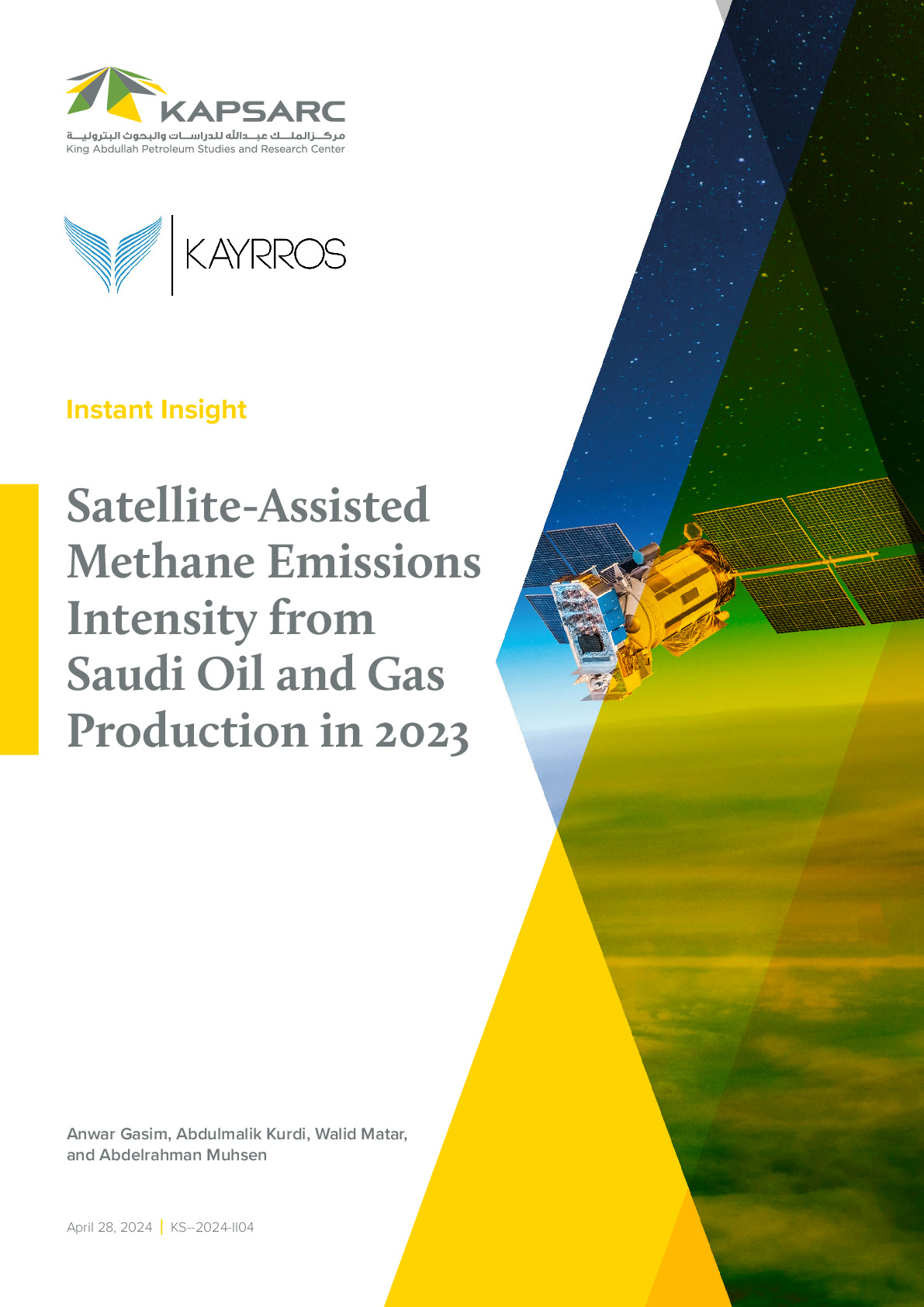This paper expands on a previously-presented methodology that merges the physical properties of energy with microeconomic principles: The physical side of the model informs how much electricity is used to satisfy services that people desire, while the microeconomic side imposes a utility function to represent household satisfaction. This paper adds energy efficiency investment to the price-based behavioral demand response and presents results representative of the long-run steady-state. It examines several electricity pricing schemes and energy efficiency options, with the costs and benefits of each option explicitly modeled in the physical representation.

Research Fellow
Walid works on modeling energy systems. He is developing or has developed the following components of the KAPSARC Energy Model…
Walid works on modeling energy systems. He is developing or has developed the following components of the KAPSARC Energy Model (KEM): electric power generation, oil refining, petrochemicals and fertilizers, cement production, and iron and steel. He is also working on a bottom-up residential electricity use framework that merges microeconomics with the physical laws governing electricity use.
Expertise
- Energy Systems Modeling
- Optimization
- Electricity Prices
- Energy Efficiency and the Interdisciplinary Connection Between Energy Economics and Engineering
Publications See all Walid Matar’s publications
Energy Policy Pathways to Inform Climate Policy in Saudi Arabia
This paper expands on a previously-presented methodology that merges the physical properties of energy with…
1st May 2024
Satellite-Assisted Methane Emissions Intensity from Saudi Oil and Gas Production in 2023
This paper expands on a previously-presented methodology that merges the physical properties of energy with…
28th April 2024
